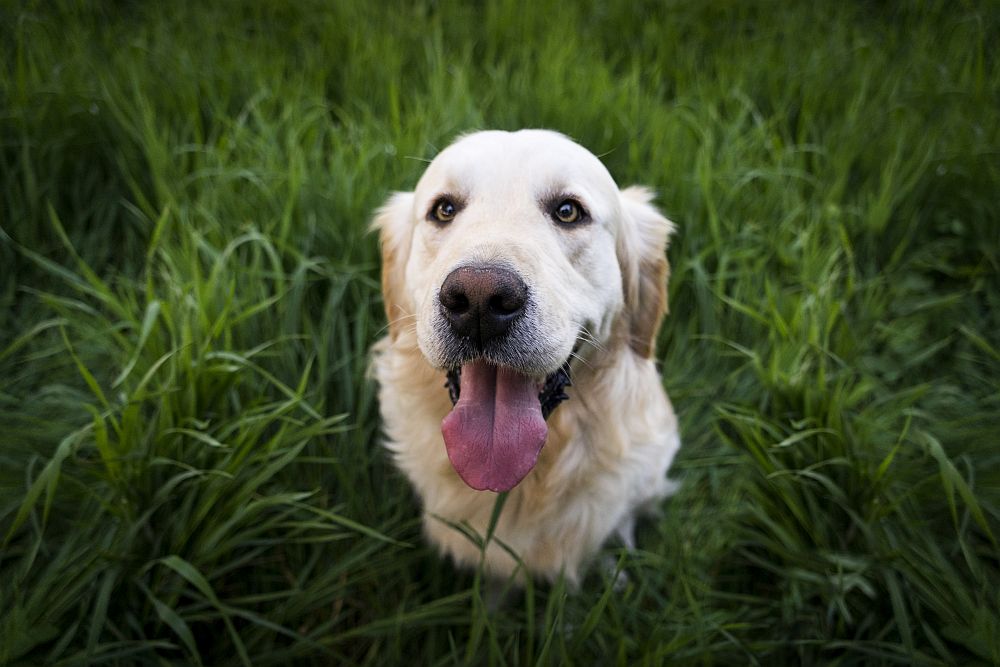
Dog training, whether you have a puppy or an adult dog, is about being in control. This does not mean that you should be aggressive, forceful or dominating. It does mean that you MUST be in control of the situation. Dogs learn by doing and if the dog can repeat a behavior, it will understand that the behavior is acceptable – even if you react negatively every time the behavior is accomplished. Reacting to and correcting the dog when it errs is not helpful. The dog has already completed its behavior and your reacting after the fact is not the best way to teach the dog that this behavior is unwanted. Yes, some dogs might finally learn that the response post behavior isn’t worth the behavior itself, but is this the best way to train? Is it really the way you want to interact with your dog? Is it a pleasant way to interact? I think not.
Training a dog is about controlling the circumstances and behaviors so the dog doesn’t learn by mistake. He should not have the opportunity to make that mistake. Wouldn’t it be better to not have to “un-teach” learned behaviors? Don’t wait for that problem to arise and then try to get yourself prepared to work on the problem. If a problem behavior shows itself, try to control/manage the situation in the future so the problem behavior is not repeated. Yes, there will always be times you are not in control, but try to manage the situation so that these times are few and far between. Then, set up situations to elicit the behavior when you are in control and can show the dog what he can do. Show him what you would like him to do – what will please you. If you control things and can avoid the unwanted behavior while working on teaching the dog the acceptable behavior, the acceptable will become the norm and the unacceptable will disappear.
So, if your dog jumps on people (for example), don’t wait for some unsuspecting individual to happen to pass close enough to be jumped on and hope that you will be able to react fast enough to catch the dog before he connects. By the way, one of the most used deterrents to this behavior, the knee to the dog’s chest, is not as useful as you might think and can be dangerous to use. If you miss your target you might knee the dog someplace else such as his throat. In addition, it is not the most stable position for a person and you might stumble or fall especially if the dog jumps again or otherwise interacts with you to offset your balance.
How then to work on this problem? Arrange for a person or persons to come and assist you in the training session(s). 3-5 people per session is best but be sure to gauge your dog’s attention span for these things – you don’t want to overload him with stimulation so adjust the numbers of volunteers accordingly. Make sure these volunteers know exactly how they should behave and provide them in advance with all they need – treats, toys, etc. The volunteers should come by at intervals. When your volunteers arrive for their interactions with your dog, show the dog what you would prefer that he do. I suggest teaching the dog to sit or stand with all 4 paws on the ground. The only time the person is allowed to get close enough for the dog to interact is if the dog is sitting or standing as required. Each volunteer should have 3-5 interactions with you and your dog re. the behavior you are working on. Once the desired behavior is achieved the 1st time for a volunteer, the person leaves and then returns for repeat performances 3-5 (or however many you’ve agreed upon).
Then take a short breather and play gently with the dog. Once the play is over it’s time for the next “victim” to interact their 3-5 times. Once all your victims have performed their service take your dog someplace where you can allow him to REALLY exercise. Then put him in his crate or quiet place and treat your victims to ice cream or some other suitable reward. These training sessions should occur as frequently as possible. As you progress, you’ll monitor the dog’s responses and as he begins to be more and more reliable in his responses he should be allowed more and more freedom as you work to refine the behavior. But remember, at the same time, the dog should be managed and under control so that there are no situations that arise where he could jump and you are not in control to prevent it.
